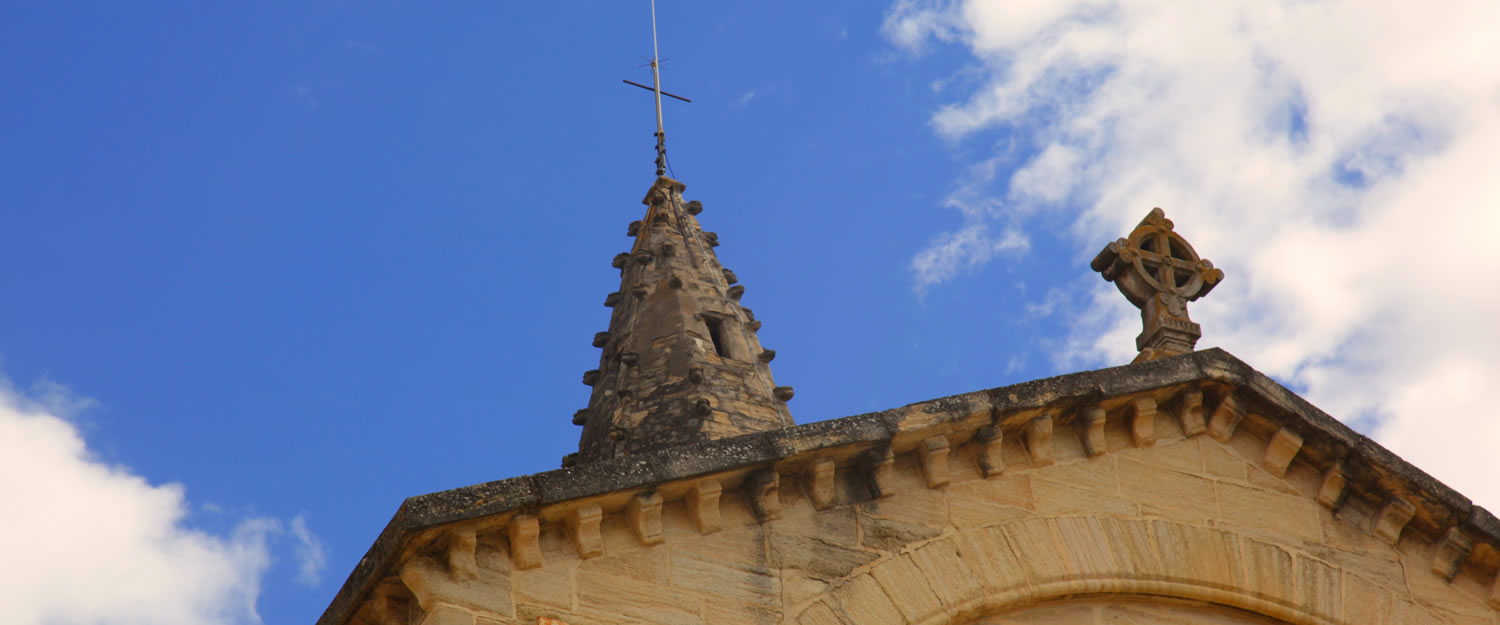
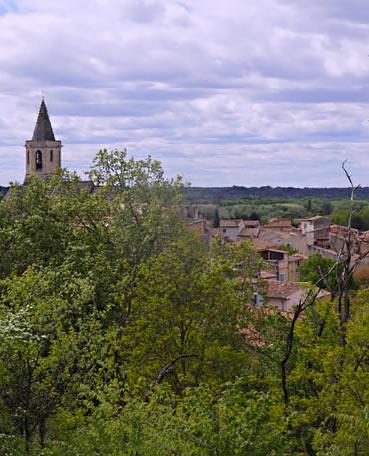
Surrounded by vineyards and orchards with the Dentelles de Montmirail as a backdrop, Mazan is a town in the Comtat Venaissin between the Mont Ventoux and the Monts du Vaucluse, thirty kilometres from Avignon.
Protected by the typical row of houses and its 14th century ramparts, Mazan is built on a small hill overlooking the Auzon river. You reach the medieval village centre through one of the old gates that lead to a warren of narrow streets lined by old houses and punctuated by fountains and religious buildings. Right in the middle stands the Romanesque church from which you have panoramic views over the surrounding countryside. Behind the church, you will find the 17th century White Penitents' Chapel with its painted ceiling. Today it houses a small museum with an eclectic collection that includes, among other objects, horses' heads in terracotta dating from the Roman era and a very big and impressive old stone oven. Not far from there, you can see the Hôtel de Valette, a town mansion with a magnificent 17th century façade.
But the building that stands out the most is the château. In the olden days, the power in Mazan was shared by 2 families, the Astaud-Causans and the Sades. Next to the church you will notice a round tower; it is a vestige of the Sades family's first castle. In the 17th century, the family moved to another home which became the Château de Sade in which the infamous marquis was born. And its here where the Marquis de Sade started the very first theatre festival in France with plays in which he himself performed. Today, the château is a prestigious luxury hotel.
Now we have to go just outside the village to see things that are... less “sadist” but just as superstitious.
In the cemetery stands the Notre-Dame de Pareloup Chapel. It was built in the 11th and 12th centuries to exorcise the demons that, in the form of wolves, came to devour the cadavers. But they were, in fact, real wolves which, during times of famine, lurked about right at the edge of the village.
The same cemetery also has some sixty Gallo-Roman sarcophagi dating from the 5th and 6th centuries. The villagers once believed that these coffins held vampires – only structures such as these, built into the hard rock and with such heavy covers, could contain those terrible creatures. And to think that the word sarcophagus means “that which eats the flesh”....
Let's move on to other things.
Mazan is situated in the heart of the Ventoux wine appellation. You will find many vineyards producing quality white, red and rosé wines. Wine-making here dates back to Antiquity. In 1998, excavations uncovered a pottery workshop from 40 BC in which was discovered a wine amphora. Could Mazan have been the very first wine exporter ever?
In the area around Mazan
Several little lanes cross the orchards and vineyards, passing through shaded forests and making for a peaceful and pleasurable excursion.
Venasque with its baptistry is 10 km away and Carpentras, the capital of the Comtat Venaissin, is 7 km away.
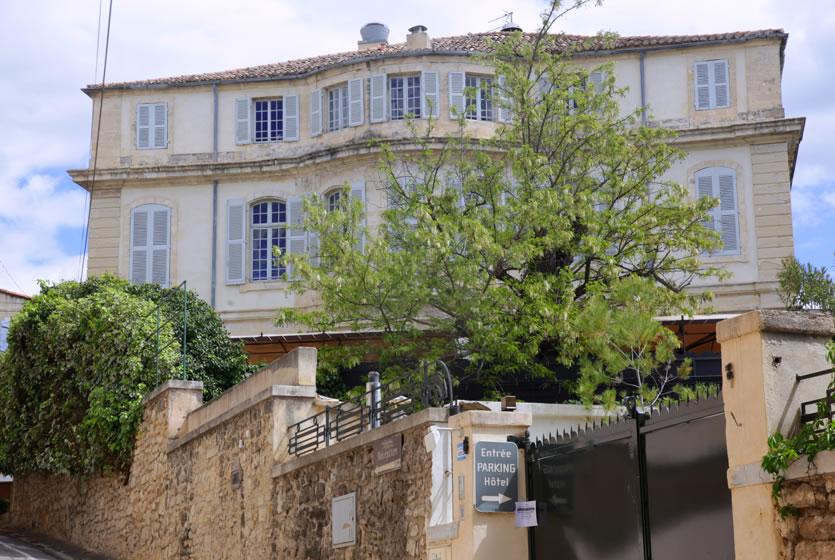
The château of Mazan, former château of Sade
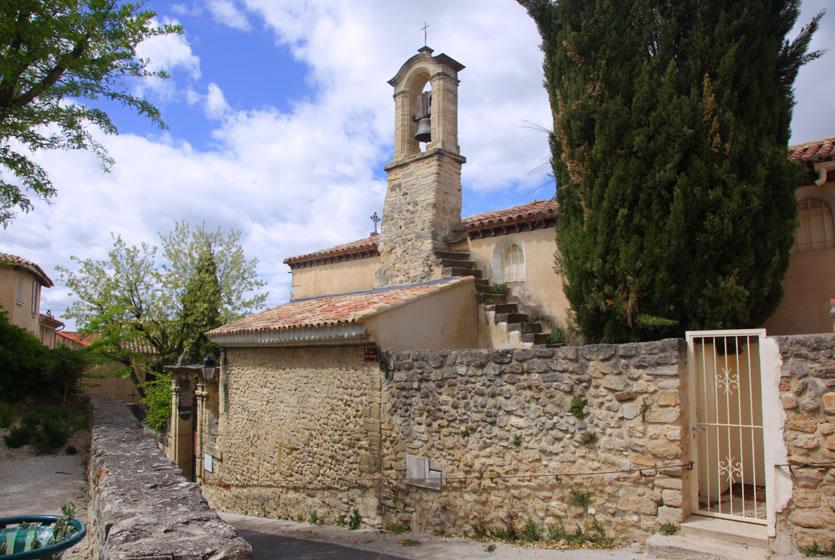
The chapel of the Penitents
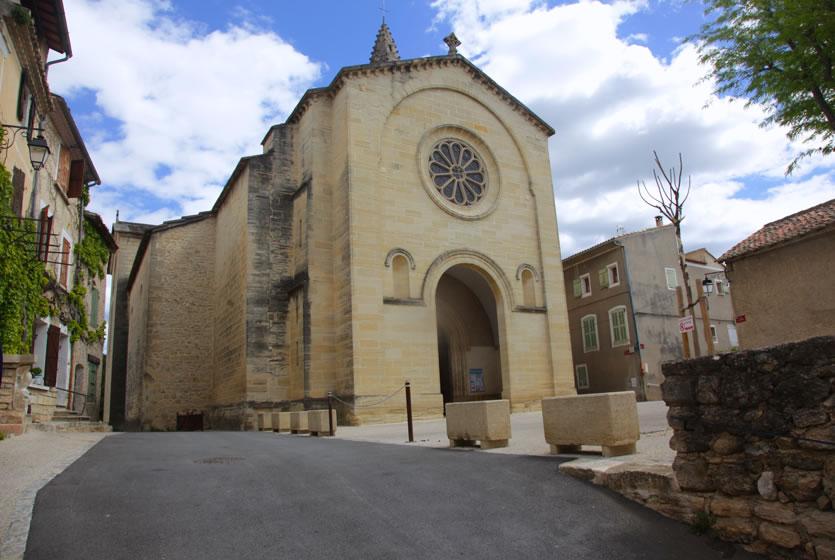
Roman parish church of Saint-Nazaire and Saint-Celse
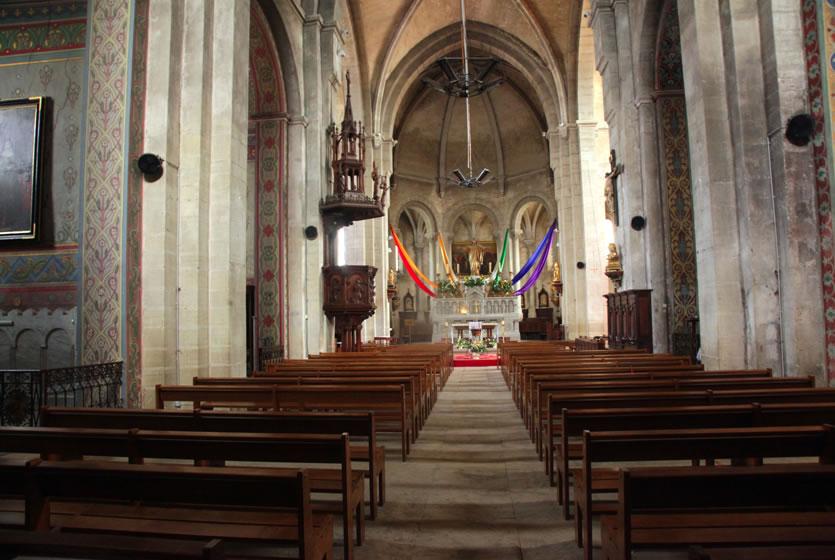
Inside the church of Saint-Nazaire and Saint-Celse
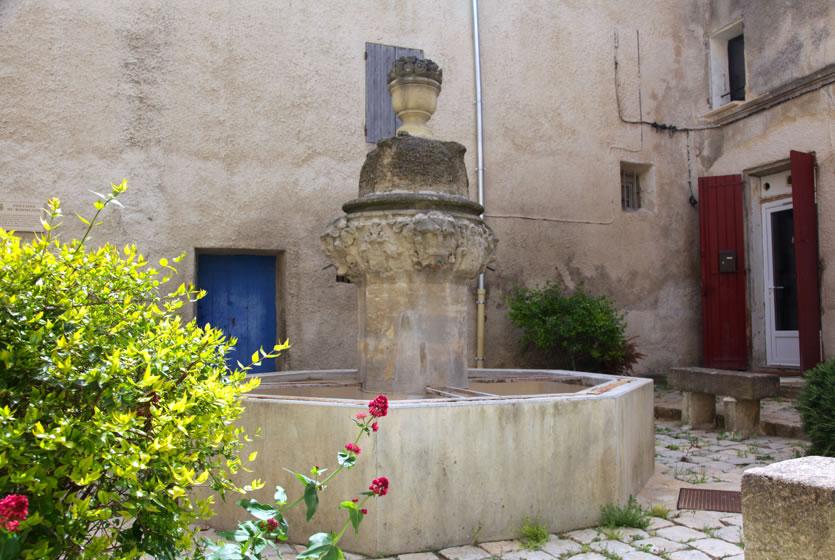
Fountain Rossignol
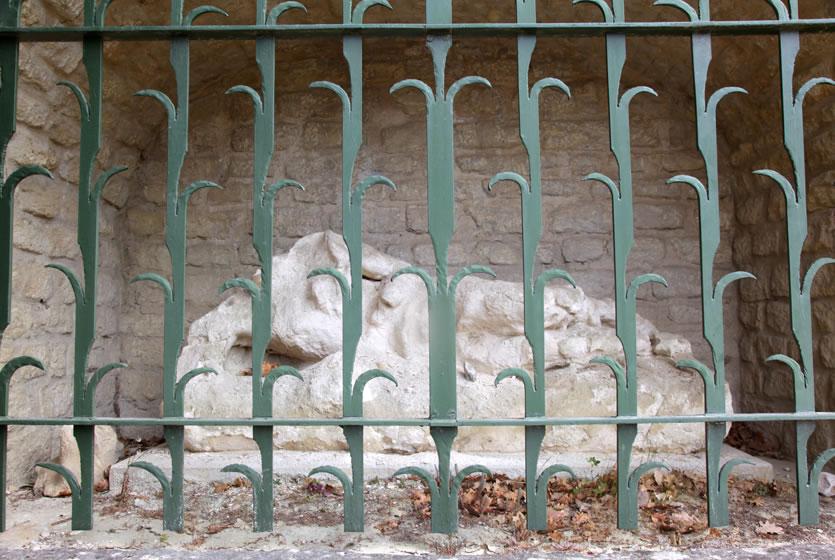
Gallo-Roman sarcophagus
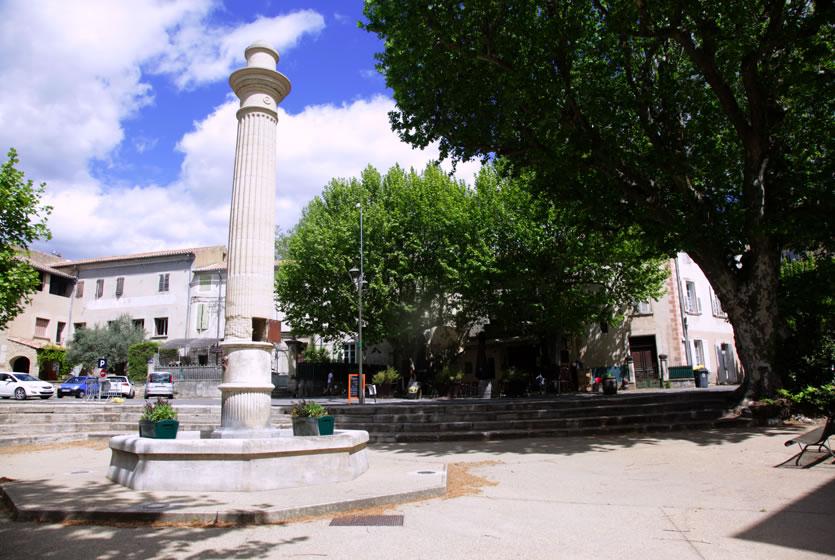
The tall fountain
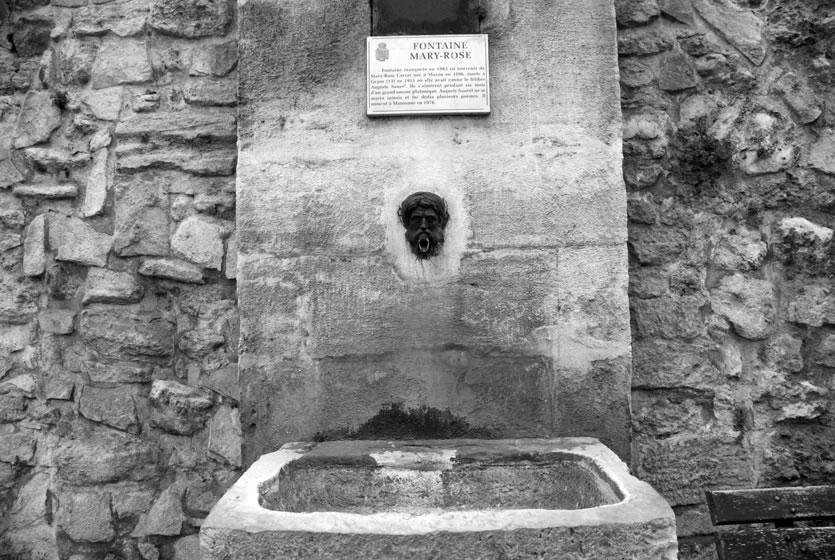
Fountain Marie-Rose
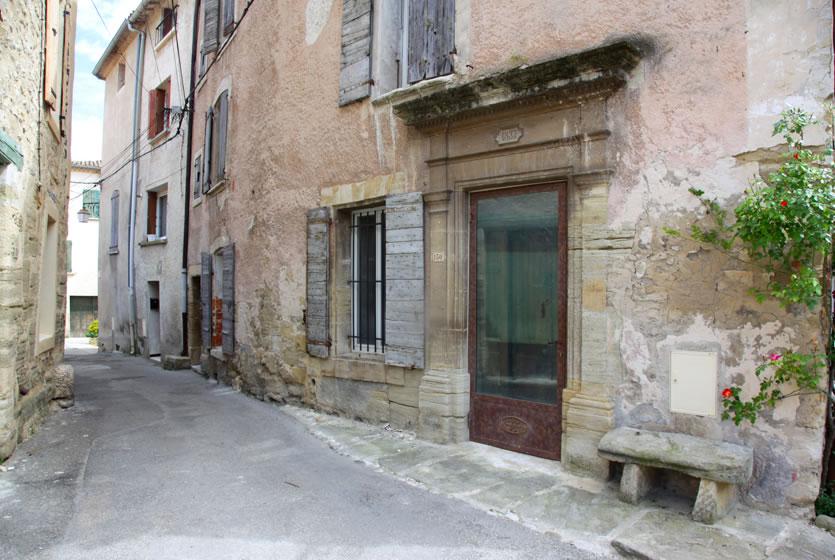
House built in 1857
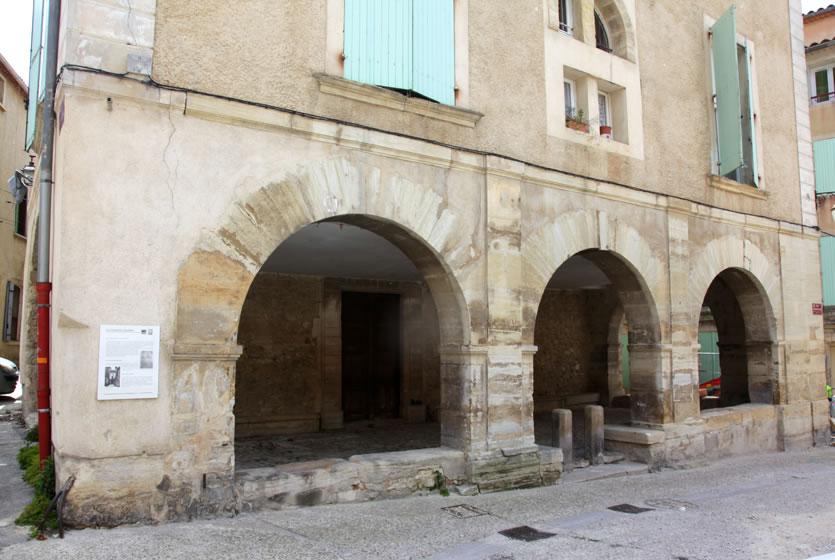
The covered market in Mazan
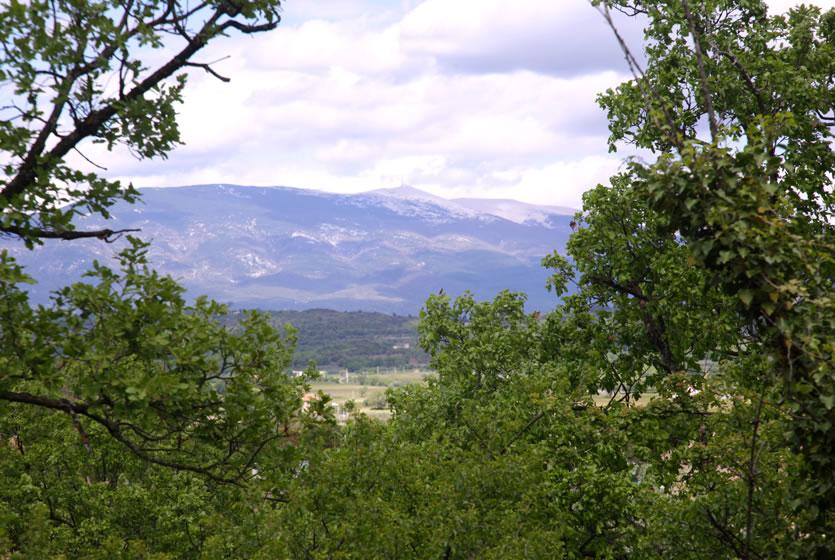
The Mont Ventoux seen from Mazan
Art of living
Gastronomy, markets of Provence, regional products, Christmas traditions, celebrities of Provence....
Where to sleep?